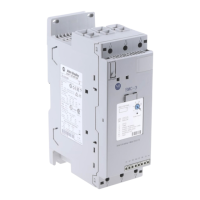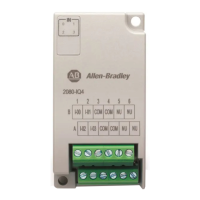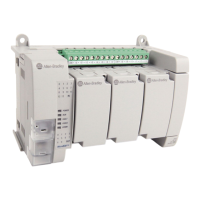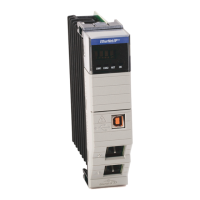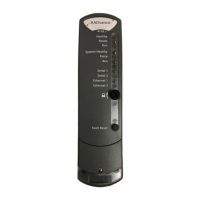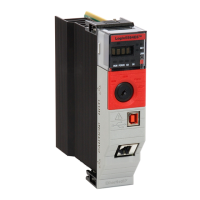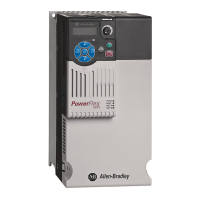10-14 Troubleshooting
1560D-UM051D-EN-P – February 2005
Power Circuit SCR Replacement Procedure (cont.)
Troubleshooting (cont.)
7. Pull module out slowly, and slide onto a platform lift, or lift the module
out of the cabinet.
The heatsink assembly is heavy (approx. 25 kg [55 lb]
or greater). To avoid injury, always use two people to
remove and handle the assembly. Place the heatsink on
a cart to aid in its transport.
8. Place the module on a flat surface (see Fig. 10.6, 10.10 and 10.14).
When tilting the module, ensure that wires are not damaged.
B. Replace SCRs
Note: For 600 A units, it is mandatory that the entire stack be replaced.
The high clamping force requires the factory to tighten the clamp
hardware. See Appendix C, Spare Parts section, for part numbers.
Proceed to step C.
Note: • Refer to Figures 10.2 to 10.16.
• SCR positions are numbered in succession from the top down.
• The SCR cathode is at the end with the wide flange.
The SCRs must be oriented correctly with the cathode end
either up or down, depending on the specific assembly.
Note the orientation before removing the SCRs, and refer
to the detail in the appropriate figure in this chapter.
1. Remove the shorting bar. Measure the resistance between adjacent
heatsinks to determine which SCR(s) is (are) shorted. Assemblies with
four or six SCRs must use matched sets. See Figures 10.2 (or 10.3),
10.7 and 10.14 for the position of the matched sets. If an SCR from
each set is shorted, all of the SCRs in the module must be replaced. A
properly functionning SCR will measure in excess of 100 kilohms from
anode to cathode, and 10-40 ohms from gate to cathode.
Important: DO NOT loosen any of the nuts on the fiber rods on either
side of the clamp bars. They must remain as they are to maintain squareness.
See Figures 10.4, 10.8 and 10.15.
A T T E N T I O NA T T E N T I O N
A T T E N T I O NA T T E N T I O N

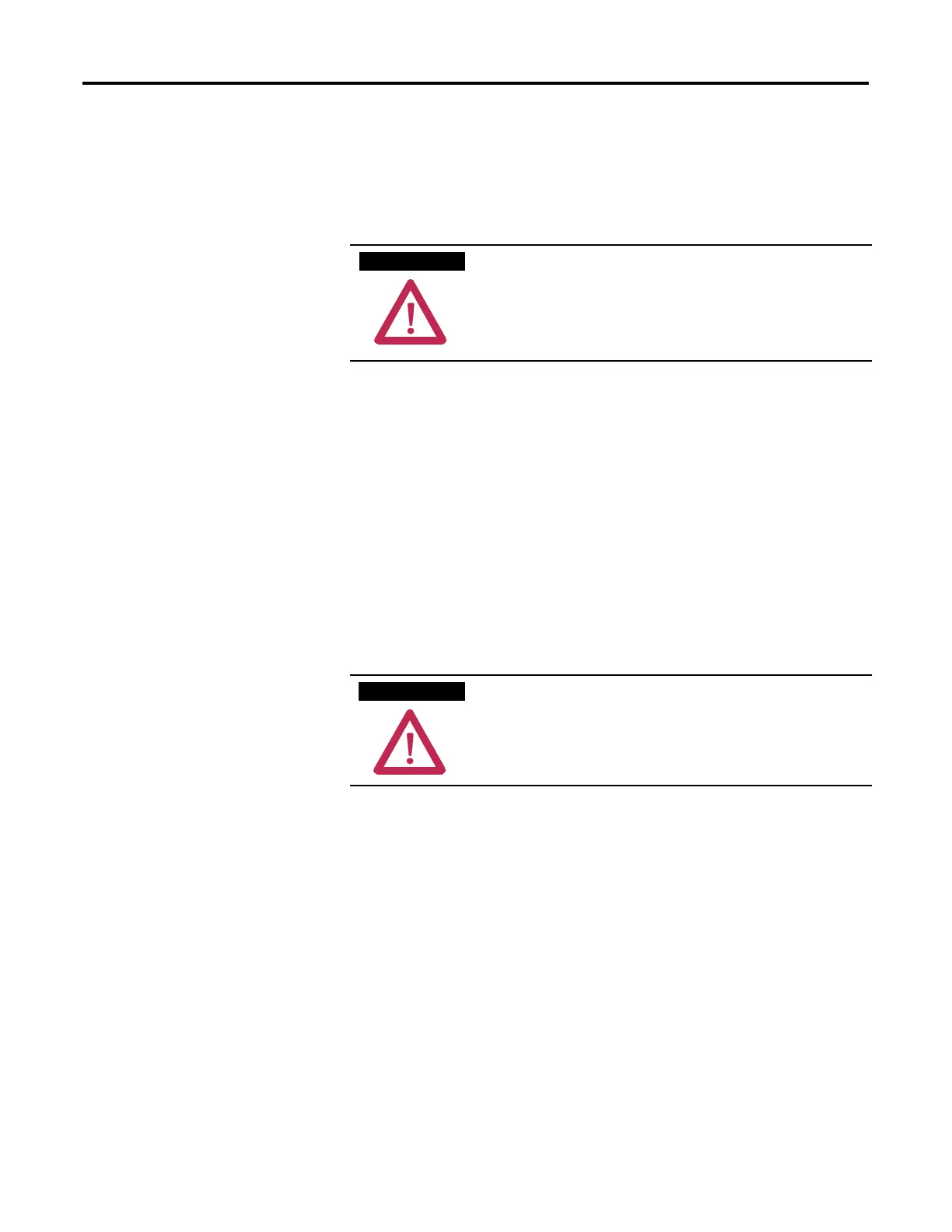